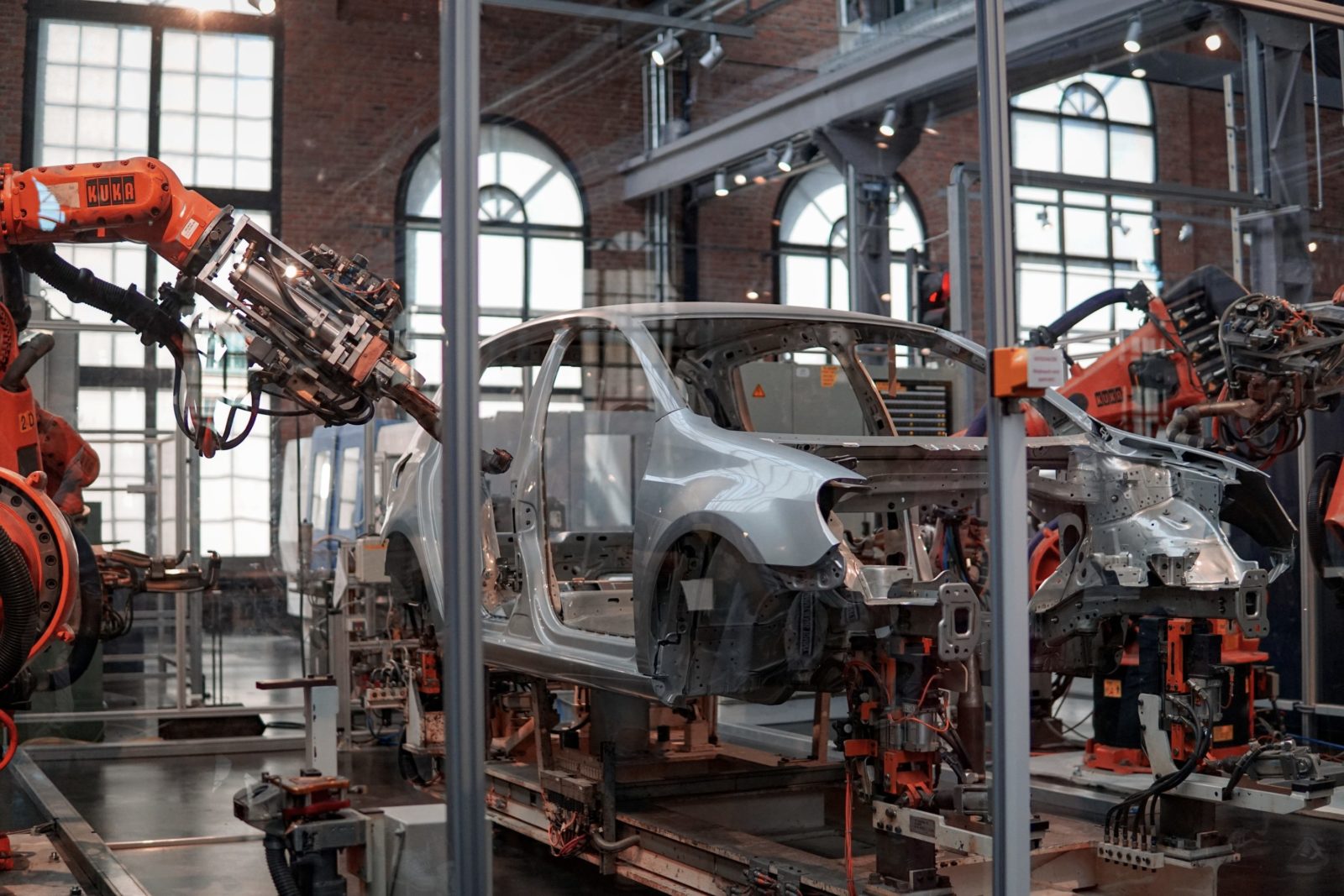Will Robots Really Create an Employment “Death Spiral”?
According to a new International Monetary Fund research paper, the answer to the above question is yes. As one story on the IMF report put it, “The future of work run by robots appears to be a dystopian march to rising inequality, falling wages and higher unemployment.” This is just the latest in a long line of predictions that artificial intelligence and automation will soon create massive “technological unemployment.”
I get it. Doomsday predictions gain shares on Facebook and Twitter. But these apocalyptic fears defy the lessons of both history and economics.
If technology led to permanent unemployment, history would be one long, dismal story of expanding joblessness. In fact, without the technology that led to all the job loss, the global economy could not sustain the billions of jobs and people it now does.
So why do we hear so much doom and gloom? Because no one can predict, in detail, what future jobs will look like. We can easily picture, in contrast, a loss of the status quo.
Imagine a clever American in 1776 who comes upon a primitive steam engine. He starts to ponder how this device will raise the country’s farm output in the future. Since people need only so much food, he figures, there must be a limit to demand. At some point, perhaps only one percent of the population will be needed to produce enough food for everyone.
Yikes! Ninety-four percent of Americans would end up jobless as a result.
Of course, that’s not what happened. Two centuries later, the American population is ten times larger, due in part to much better farming methods. Instead of massive poverty and joblessness, most people now do something other than farm, and they have a much higher standard of living. Around 1 percent of the US population now works on farms. Most of the jobs of the other 99 percent didn’t exist in 1776.
Now, none of these perks erases the problem of disruption. When technology allows one person to do the same job as many, the many have their lives turned upside down. That happened over the course of two centuries in the case of farming. With AI and automation, it will happen much more quickly—but so will the new prospects.
Do we know just what the future will bring? No. But we shouldn’t panic over automation. As I argue in The Human Advantage, if we focus on what most distinguishes us from machines, we’ll have more reason for hope than despair.
